Croc vs. Zebra vs. Hyena - 04 Jul 2013
Charles arrived at 4:30 pm for the evening game drive. He informed us up front that the Great Migration was still weeks behind in our area, and that we would need to drive for several hours to get to an area where animals were starting to cross the Mara River. Since we only had a couple hours of light we should leave the drive for the morning, instead we would drive around locally to see what we could find.
We weren't disappointed. We found a family of Rock Hyrax next to the road, then a family of Banded Mongoose that provided nice photos and looks.
From there we headed toward the Mara River to look at the Hippopotamus and Crocodiles. We found both, but no Wildebeest.
Along the way we had passed a half-dozen Zebra but thought nothing of them. We had also seen several Topi, a Palm-Nut Vulture, and another unidentifiable Cisticola sp.
As we soaked in the late-afternoon sun and discussed why Wattled Lapwings were now called Wattled Plovers, we spotted another half dozen Zebra climbing down the hill toward the water. Almost immediately several monstrous crocs started moving upstream in their direction. Something was about to happen.
The lead Zebra took a few hesitant steps toward the water as we readied our cameras. All of us knew that the animal was going to try to cross, and in our heads and in low voices screaming for it not to try.
For millions of years the Wildebeest and Zebra have been following the same migration path across the Mara River to to reach the lush grasslands of north-central Kenya. It is so ingrained into their biology that they will cross the river in both directions no matter how dangerous the crossing will be. It is said that the first to cross are assuredly killed or drowned by the crocodiles that wait for the Great Migration every July-August. Even if there is safe crossing just a little ways up or down stream the animals 'must' cross at the same location every year no matter how suicidal it might be.
As the zebra stepped into the rushing water the crocs coonverged. I started firing the 300/2.8 VRII and watched a one huge croc lunged at the terrified animal. As the jaws were snapping in a massive spray of water the zebra went under, but the came back up. As it continued to swim and struggle I calmly continued firing.
Amazingly it reached the near shore unscathed. Shaken, it scrambled up the hill in front of us and ran for day lights, stopping only when it was well away from the river. When I got the long lens on it I realized that 'two' zebra made it! Meanwhile the rest of the herd panicked and scrambled back up the far bank. Within minutes the lone zebra on this side started braying while those on the other side called back. They were reluctant to cross and instead headed upstream about 50 yds.
While we caught our breaths we waited for a few minutes to see what would happen next. Meanwhile more crocodiles started moving into view (2) from downstream. We were getting ready to drive upstream in case the zebra might try a crossing in shallower water. But they returned to the same location to attempt another crossing. One zebra waded into the waist-deep water but panicked and scampered back to shore when the crocodiles started converging.
Unable to coax its herd mates into crossing, the zebra on this side of the river turned and headed back across the river to the other side! Astonished, we waited for it to be attacked, but miraculously passed directly in front of four crocs w/ o so much as a lunge. It made it, and joined the rest of the herd atop the river bed.
With the zebra moving upstream a few yards we decided to look for better viewing. As we were heading back to the main road about 1/8 mile from the river we spotted a zebra laying in the grass. It was in a sitting position with its head drooping, barely touching the ground. It's hindquarters had been torn off, most likely from a crocodile. We suspect that it scrambled up the bank, went into shock, and sat down in the grass just feet from the road. As I photographed it I noticed there were no flies on its carcass. This poor animal must have literally expired just moments before we arrived.
We continued on about a 1/2 mile when we spotted a small warthog running across the road. Behind it was a Spotted Hyena trotting up the road toward us. It passed the van and we could see it slavering and sniffing as it moved. A young Thompson's Gazelle watched nearby, ready to run if the beast turned toward it. We watched as it continued up the road in the direction of the zebra carcass. After a few minutes debate we decided to head back to see if it would find the expired animal.
Returning to the river we found the Zebra herd still in a holding pattern, with others joining them. I spotted the hyena approaching the carcass, which was obscured by the tall grass. The hyena had stopped moving. Charles drove us back to the carcass where the hyena was already tearing into the zebra. We watched and photographed as the hyena began to disembowel the zebra before our eyes. We could smell the sulphur coming from the dead animal's intestines.
The original six zebras that we had spotted when we first arrived were now braying and heading in procession back toward the kill. We watched in astonishment as they approach their dead comrade and the hyena. For the next half hour we watched and photographed the group of zebras approaching and dancing in distress as its mate was systematically being torn apart by the hungry hyena. We remained silent, conscious only of our own thoughts as all of this played out. I could only think that there is no doubt that these animals are sentient and capable of great emotion.
In complete silence we quietly drove back to the lodge. The following slide show presents these events in unedited form. Caution! Images are graphic and disturbing.
We continued on about a 1/2 mile when we spotted a small warthog running across the road. Behind it was a Spotted Hyena trotting up the road toward us. It passed the van and we could see it slavering and sniffing as it moved. A young Thompson's Gazelle watched nearby, ready to run if the beast turned toward it. We watched as it continued up the road in the direction of the zebra carcass. After a few minutes debate we decided to head back to see if it would find the expired animal.
Returning to the river we found the Zebra herd still in a holding pattern, with others joining them. I spotted the hyena approaching the carcass, which was obscured by the tall grass. The hyena had stopped moving. Charles drove us back to the carcass where the hyena was already tearing into the zebra. We watched and photographed as the hyena began to disembowel the zebra before our eyes. We could smell the sulphur coming from the dead animal's intestines.
The original six zebras that we had spotted when we first arrived were now braying and heading in procession back toward the kill. We watched in astonishment as they approach their dead comrade and the hyena. For the next half hour we watched and photographed the group of zebras approaching and dancing in distress as its mate was systematically being torn apart by the hungry hyena. We remained silent, conscious only of our own thoughts as all of this played out. I could only think that there is no doubt that these animals are sentient and capable of great emotion.
In complete silence we quietly drove back to the lodge. The following slide show presents these events in unedited form. Caution! Images are graphic and disturbing.
 |
| Warning! - Graphic Slide Show |
Maasai Mara NR--Mara Serena Lodge, Rift Valley, KE
Jul 4, 2013 4:30 PM - 8:30 PM
Protocol: Traveling
3.107 mile(s)
Checklist Comments: Mara Serena Lodge to Mara River - 1st Zebra crossing of season
2 species (+1 other taxa)
Wattled Lapwing (Vanellus senegallus) 1
Palm-nut Vulture (Gypohierax angolensis) 1 Bright white vulture w/ black back, white wings, white head and pink face. Distant photo.
cisticola sp. (Cisticola sp.) 1
View this checklist online at https://ebird.org/checklist/S1
Jul 4, 2013 4:30 PM - 8:30 PM
Protocol: Traveling
3.107 mile(s)
Checklist Comments: Mara Serena Lodge to Mara River - 1st Zebra crossing of season
2 species (+1 other taxa)
Wattled Lapwing (Vanellus senegallus) 1
Palm-nut Vulture (Gypohierax angolensis) 1 Bright white vulture w/ black back, white wings, white head and pink face. Distant photo.
cisticola sp. (Cisticola sp.) 1
View this checklist online at https://ebird.org/checklist/S1
This report was generated automatically by eBird v3 (https://ebird.org/home)









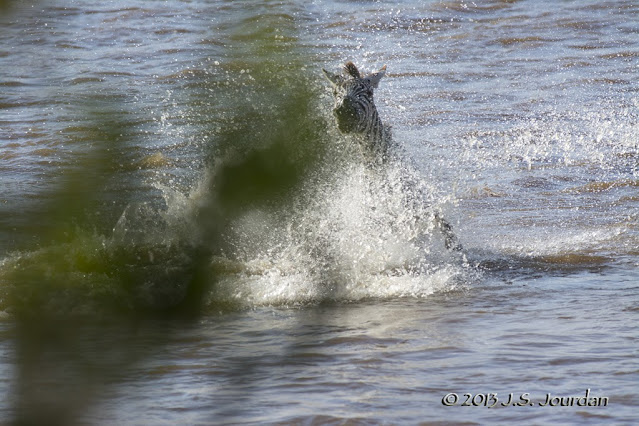




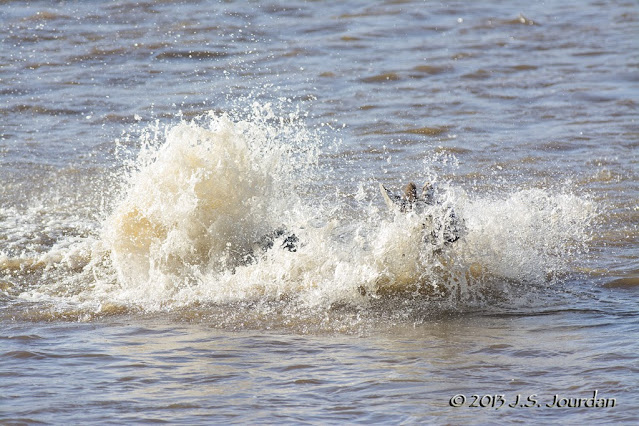


















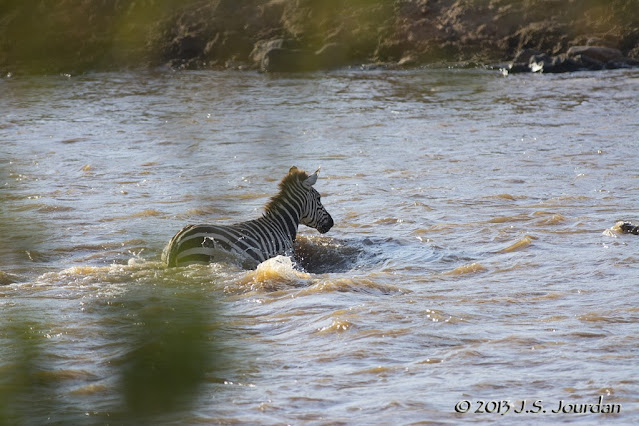






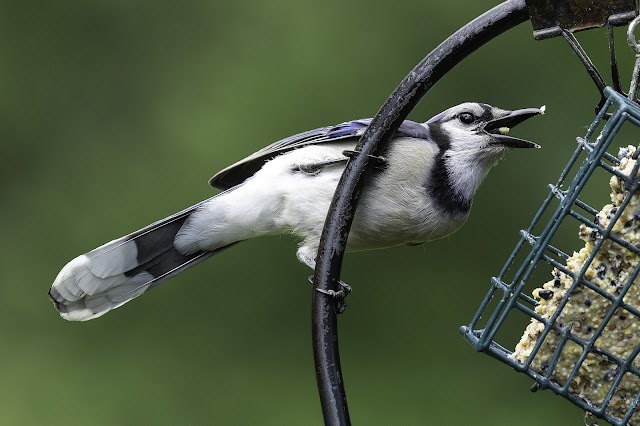
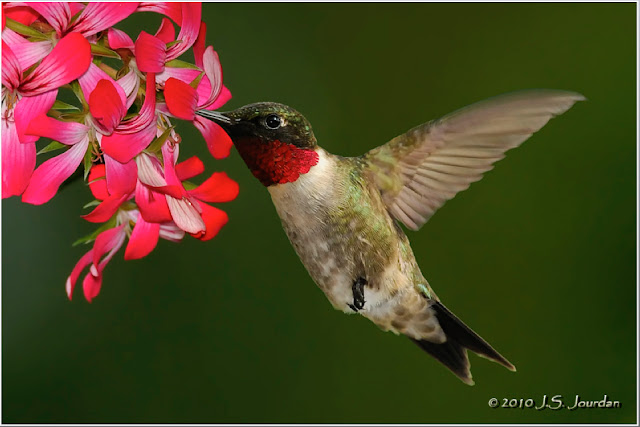



The story and photos are incredible and fascinating. To witness life and death struggle of those magnificent animals play out in front of you, must have been....I don't have the vocabulary to describe it.
ReplyDeleteThanks,Mark. We were speechless.
ReplyDelete